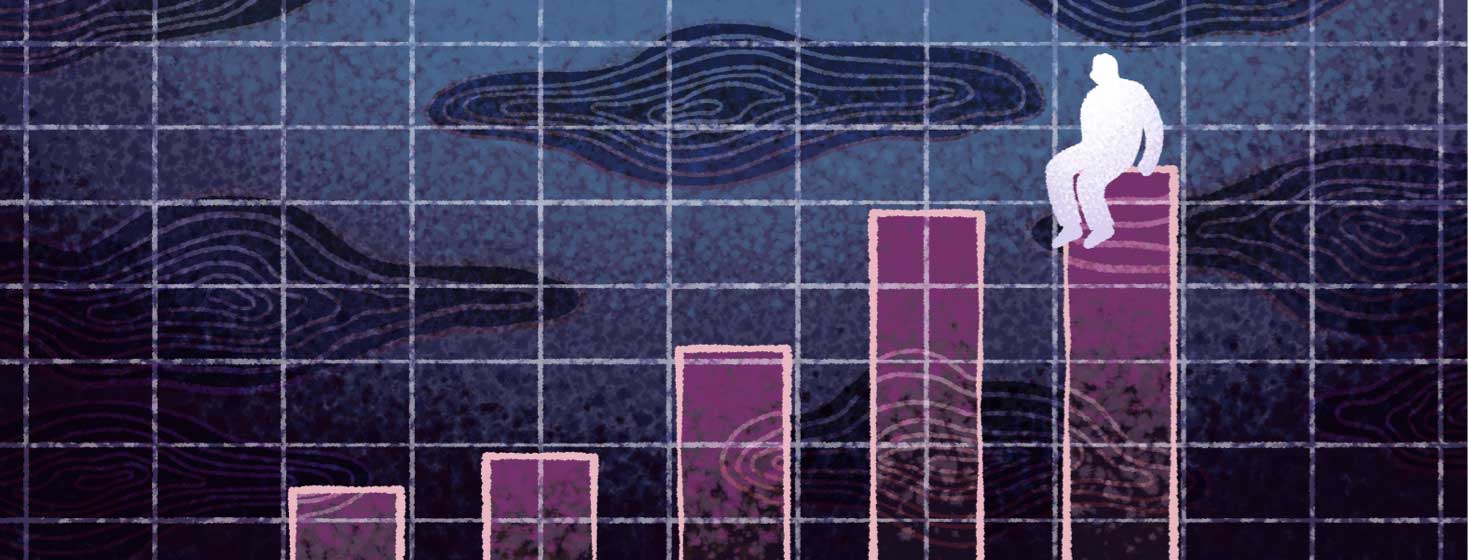Why Is Skin Cancer On the Rise?
You might think that with all the knowledge out there about skin cancer that the rates are declining. Unfortunately, that’s not true. But why is it that skin cancer is on the rise?
It's an inconvenient truth: skin cancer is on the rise
According to US News, "more people are being diagnosed with skin cancer each year than the sum of all other types of cancer. Predictions estimate 1 in 5 Americans will be diagnosed with skin cancer by age 70."
Skin cancer diagnosis rates are up
In a period of 20 years (1994-2014), skin cancer diagnoses increased by a staggering 77%. Most of those cases were basal cell carcinoma, but diagnoses of melanoma and squamous cell carcinoma were also part of that increase. According to the research, the reason is not surprising: its ultraviolet radiation. As we know, UV radiation increases the risk of developing skin cancer after causing cumulative damage to one's skin.
Let's be honest about why skin cancer rates are increasing
While there are also many reasons why rates of skin cancer are climbing, including exposure to outdoor UV radiation and the cumulative damage it causes, we have to be honest about one of the main culprits: the tanning salon boom. Indoor tanning was popular in the past - even more so than today if you can believe it. Some who tanned a lot indoors in past years are now seeing the damage and effects of UV radiation exposure.
How dangerous is indoor tanning?
Indoor tanning is dangerous enough that The International Agency for Research on Cancer, an affiliate of the World Health Organization, categorized indoor tanning devices in its list of Group 1 carcinogens. Just to give you an idea of the severity of this classification, it is on the same level as cigarette smoking and plutonium exposure.
What can we do to mitigate this issue?
Some states and municipalities have implemented laws that try to protect those who tan. Some jurisdictions require those under 18 to have a parent’s permission, and others limit that amount of exposure that is allowed. For example, in some places, you can only tan once for a set amount of time every 24 hours. You may see this in some gyms, where the clock won’t allow you to tan, even if you’re just a few minutes early.
What can we take away from this?
The cumulative damage that many of us experience from UV radiation over the years, in addition to the damage done to many by indoor tanning, is contributing to an increase in skin cancer diagnoses. Sure, we all want to look good. But being tan isn't synonymous with looking good. Tanning is not worth the damage to your skin and risk of getting skin cancer.
What do you think we need to do to address the increasing rates of skin cancer diagnoses?

Join the conversation